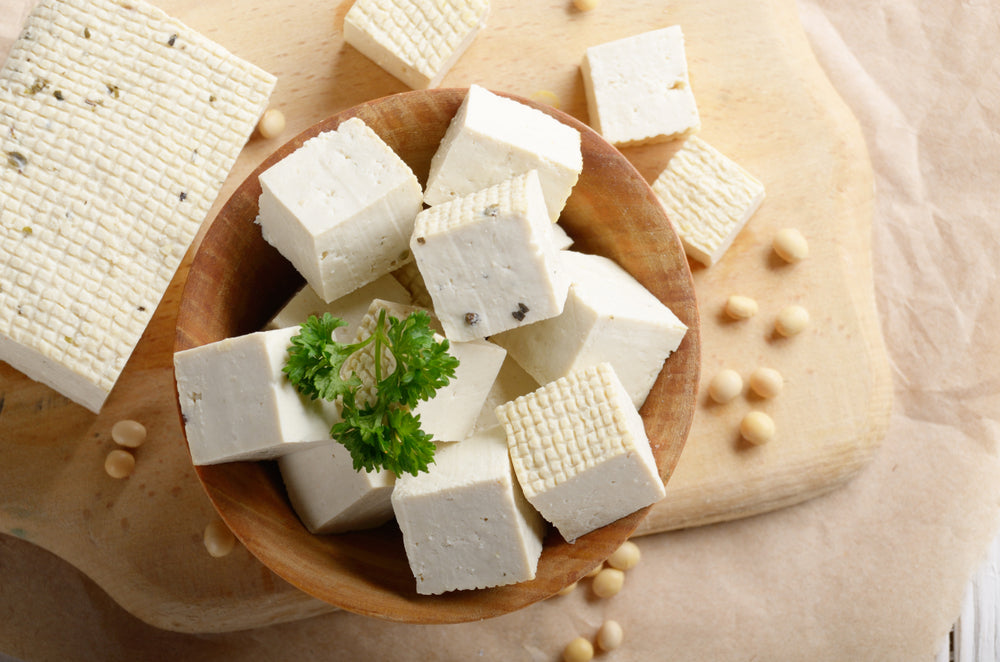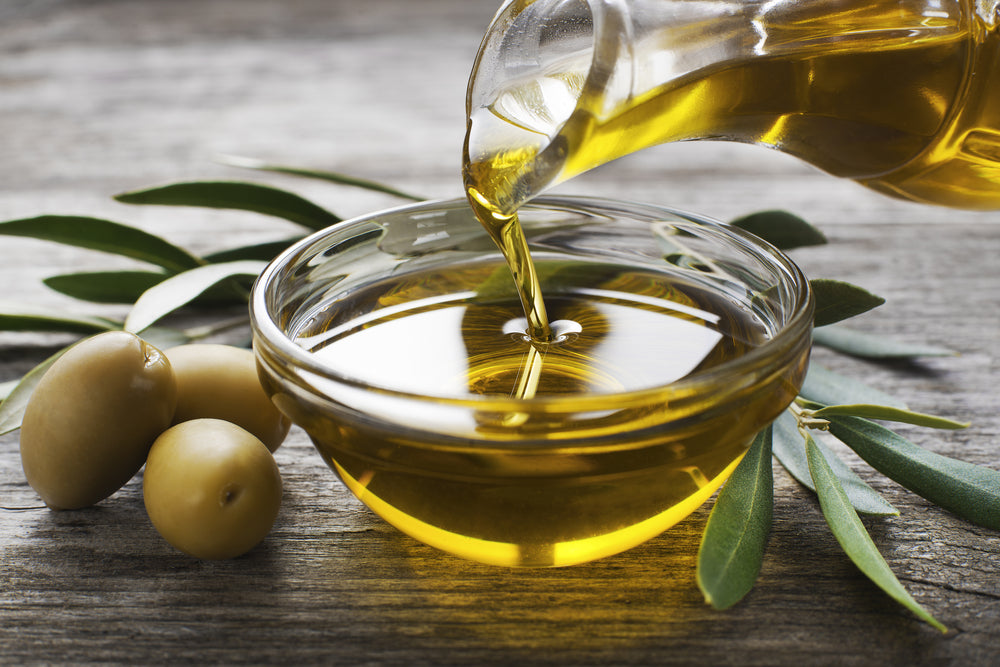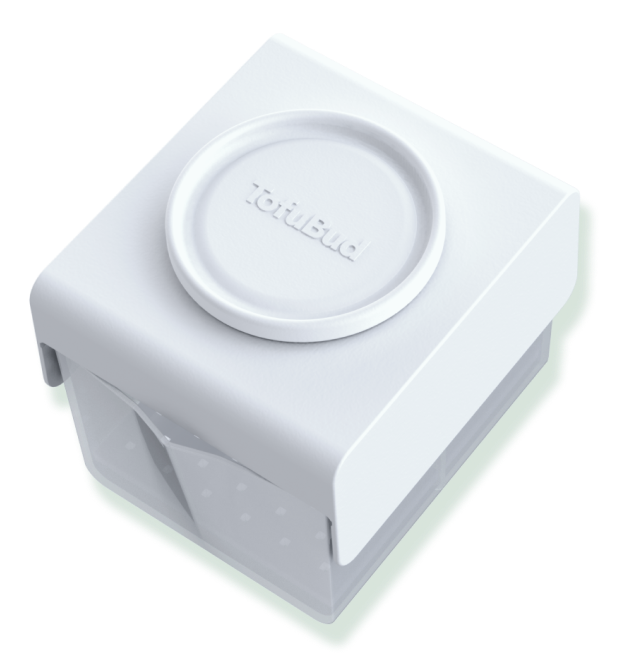Both kefir and live-culture yogurt contain powerful probiotics that strengthen our gut's microbiome and balance our digestive tract. But what is the difference between kefir and yogurt, and which one is better for you? We're comparing these two healthy products side-by-side to decide for yourself.
Before we get too far into the difference between yogurt and kefir, let's address one crucial fact: both dairy products are full of healthy benefits for our bodies.
So this debate is more of a Michael Jordan vs. Lebron James, or apples vs. oranges - both are great, both offer many health benefits, and there is no wrong answer.
Why bother looking further into yogurt probiotics and kefir benefits? It's tough to make a choice when both options are pretty great.
Is kefir better than yogurt, or is yogurt better than kefir?
Well, they both are beneficial, however it's very likely than one of them could be better suited for your needs than another. So, let's find out!
Kefir Vs. Yogurt: Cultured Dairy Products
First, what are cultured dairy products, like kefir and yogurt?
- Kefir is a thick, liquid, milk-based beverage with a sour and rich, creamy taste.
- Yogurt is much thicker than kefir and eaten with a spoon. Plain cultured yogurt is acidic to the taste, also found in sweetened, flavored formats.
Production
Kefir
Producers use kefir, a gelatinous, grain-like colony of yeast and bacteria, to naturally ferment the sugars contained in milk. This makes kefir probiotic content very high, as this yeast and bacteria colony remains in the resulting product.
Producers even make dairy-free kefir as an excellent source of vegan probiotics using coconut water or regular water with added sugar that the kefir grains consume to ferment.
Yogurt
To make yogurt, producers heat milk and add bacteria cultures; the two required strains included in yogurt are Streptococcus thermophilus and Lactobacillus bulgaricus.
Nutritional Value
Health Benefits of Kefir VS Yogurt
The health benefits of yogurt with active cultures and kefir health benefits are quite similar in most ways.
- Both kefir and yogurt are high in essential body-building minerals, like phosphorus, potassium, and dairy's most widely-known mineral, calcium.
- Protein in kefir and yogurt are both relatively high, with 1 cup of kefir containing 9g to the 7.8g in yogurt.
- Kefir may contain a little less sugar than yogurt naturally but can vary from brand to brand.
These products offer a similar range of macro and micronutrients, vitamins, and minerals.
Bacteria + Yeasts
The most significant difference between kefir and yogurt lies in their bacteria and yeast cultures.
What do the probiotics in cultured dairy products do for us?
- Improve digestion and gut health
- Increase and strengthen the immune system function
- Fight bacterial and viral infection
- Reduce gas, cramping, constipation, and diarrhea
Probiotics in Kefir vs. Yogurt
Does kefir have more probiotics than yogurt?
Yes, this is primarily due to the differences in the production process!
- Kefir bacteria and yeast cultures build naturally through a fermentation process, more similar to the creation of sourdough or kombucha.
- Producers of yogurt add the probiotics into the process artificially, which means yogurt bacteria levels are lower and less varied than those produced naturally in kefir.
Kefir contains 3x more probiotics than yogurt, and:
- Kefir contains 12 live active probiotic cultures and 15-20 billion CFU, colony-forming units
- Yogurt includes 1-5 live active probiotic cultures and 6 billion CFU
Potential Side Effects
While probiotics are great for the gut, they can cause adverse reactions in some people.
- One of the kefir side effects comes from a histamine substance, also found in yogurt. Histamine can cause skin irritations, headaches, and diarrhea in some people.
- You can also experience the very thing that probiotics work to fight - gas, bloating, constipation, and diarrhea!
These effects are usually short-lived due to increasing your gut probiotics too quickly.
To reduce these adverse side effects, increase your probiotic consumption slowly to allow your body to get used to its new diet.
- In rare cases, fermented foods can cause food poisoning when prepared improperly. This is so rare it's hardly a cause for concern beyond the typical caution we should take to make sure the foods we are eating are safe and within their best-by date.
- One last word on side effects - probiotics can affect those with severely compromised immune systems differently. If your immune system is compromised, consult a doctor to ensure that consuming kefir or yogurt is safe for you.
Flavor and Consistency
This is another category in which there is very little difference between kefir and yogurt.
Both products have a sour, pungent flavor in their natural forms, often sweetened by other ingredients.
Kefir is a little more tart than yogurt, with a slightly yeast-like taste due to yeast's strong presence.
As far as consistency goes, kefir is thicker than water but still drinkable.
The texture of yogurt ranges from thin yogurt, like Piima, to very thick and creamy Icelandic, Greek, and Bulgarian styles.
How to Use Kefir and Yogurt
- You can eat both kefir and yogurt in their ready-to-consume form, straight from the bottle or container.
- Enjoy both yogurt or kefir as a creamy ingredient in smoothies, or topped with fresh fruit, granola, and a splash of maple syrup if you like some extra sweetness.
- Try to avoid heating your kefir or yogurt before consuming, as heat kills the super-beneficial, healthy bacterial cultures.
- You can try your hand at making kefir and yogurt at home using a simple bacterial culture starter kit.
Other Probiotic Foods
While kefir and yogurt are two probiotic-rich foods, there are plenty of other fermented foods for you to try while improving your gut health.
Here are a few of our favorite probiotic-filled foods:
- Kimchi
- Kombucha
- Sauerkraut
- Tempeh
- Miso
- Pickles
- Buttermilk and some cheeses
Kefir versus Yogurt
Which is better between kefir and yogurt? That depends on what you're looking for in the product!
We hope that we've cleared up any confusion you may have about these two incredibly healthy sources of probiotics.
If your top priority is consuming the most probiotics, kefir is a clear choice, but many people prefer the taste and texture of yogurt.
While both are great options, there is a range of probiotic-rich foods that all offer a range of different benefits, so buy, try, and see what makes you feel best.








Leave a comment (all fields required)